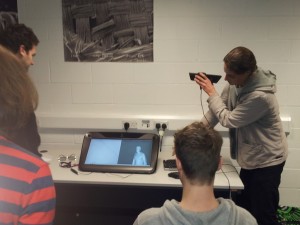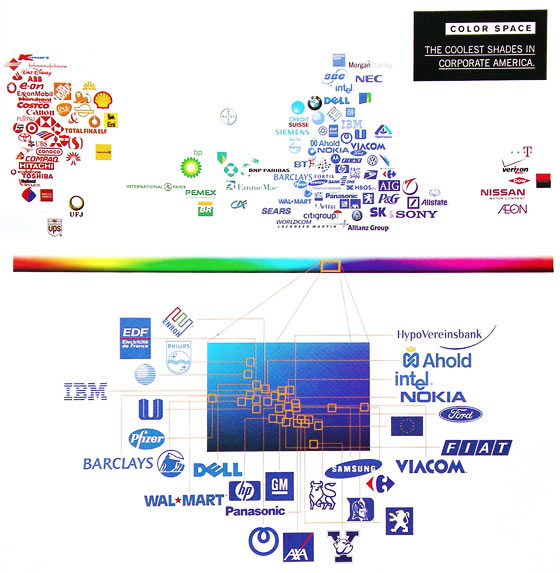I had been thinking about the vague look of the product before the presentation of the original concept back in October. I wanted the device to look distinct and feel tactile.
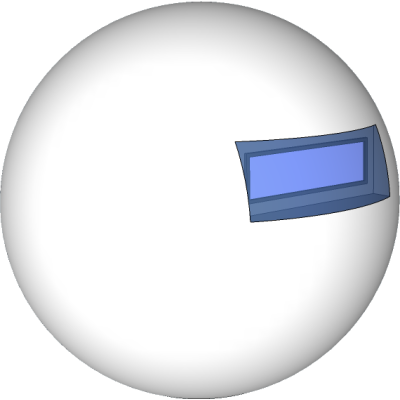
After considering how the device could be manufactured I concluded that the best way would be to make it in two halves. This would leave a join and there would be no way of avoiding this and leaving a good finish. I looked at other products that have had this challenge and have avoided it by turning it into a design feature.
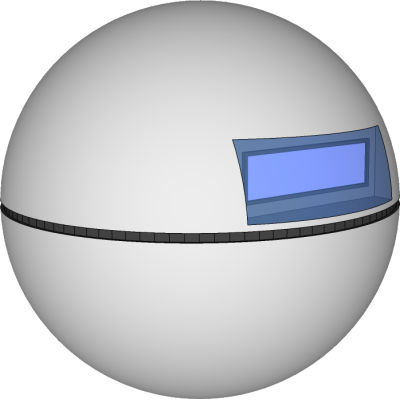
With this assembly would now be feasible and also open the potential for modular components that can be added. I would attempt to balance the weight of the product using weights inside it to make it heavier and perhaps increase perception of quality. I would aim to produce the device with a high quality finish.
The electronics of the prototype are based on an Arduino, a small simple programmable device popular with electronics hobbyists. Much of this functionality would not be needed in a product and it would be possible to strip out and as Arduino is open source there would be no barriers to using the technology in both legal and technical terms. A bare minimum circuit board would be produced reducing costs.
The device would feature some kind of connectivity, either USB, BlueTooth or Wifi that would enable it to post its status to the internet. This could add a competitive aspect to the device where two or more people would compete to keep their Temperamental happy. With geolocation could provide real-time information on people’s home environments. The resulting data could be anonymised and released publicly for various purposes like visualisations.
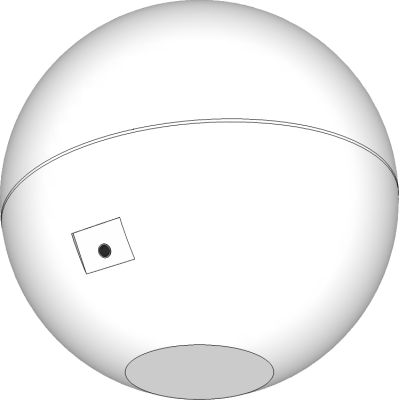
I’ve decided to use a rechargeable battery inside the device, this means that the surface can be kept minimalist with only the screen, sensors and power supply socket and potentially a USB socket.

